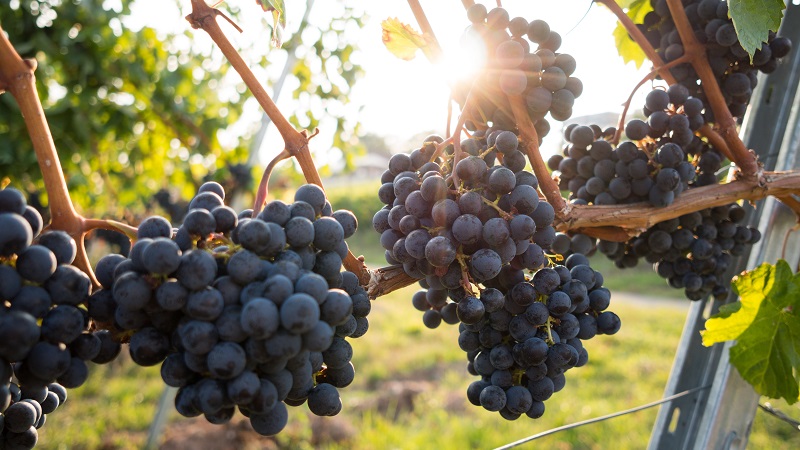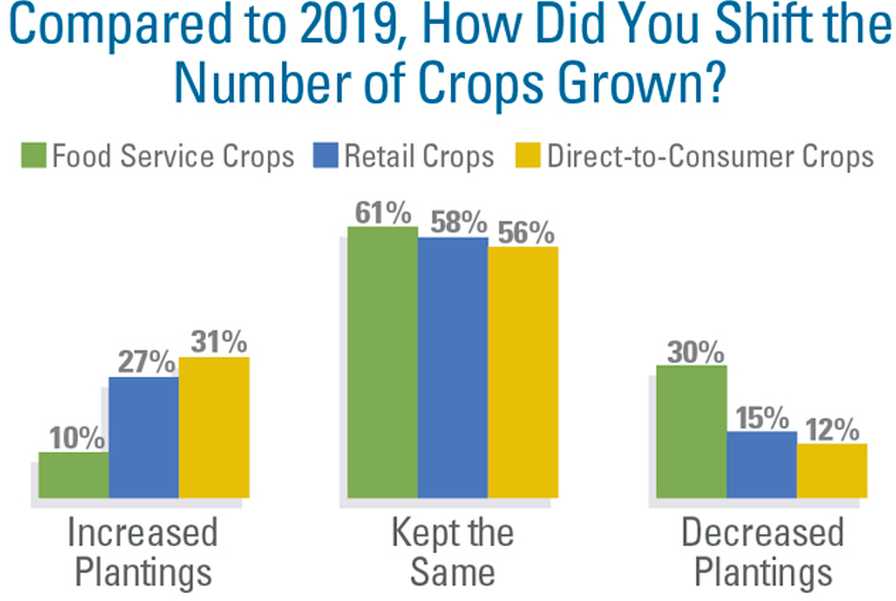The COVID-19 Impact on Vegetable Plantings in 2020
Pandemic-related disruptions began around the time much of the nation’s vegetable farms began planting for the season. It was hard to predict how the year would play out.

American Vegetable Grower’s GROW STRONGER initiative brings you positive stories from progressive growers filled with innovative solutions to help you grow a stronger future.
Due to two large-scale surveys, American Vegetable Grower has a unique insight into how growers shifted how many crops they grew as the year progressed.
Our 2020 State of the Vegetable Industry survey took place in February and March alongside those first shutdowns. At that point, no one knew how the year would play out. Most growers responding to that survey banked on a short-lived epidemic and doubled down on their most popular crops. A significant percentage of those growing tomatoes, peppers, and summer squash (between 26% and 42%, depending on the crop) increased production.
While growers decided to back off plans to increase some crops (especially melons) at that time, the number of growers planning to actually decrease production of any crop were few and far between.
What a difference a few months make. By the time this current survey took place, the 2020 season had wrapped up. Only about 60% stuck to their original planting levels.
How 2020 Plantings Compare With 2019
In these two charts, take a look at how many growers changed in their overall planting amounts from their original plans. Then see just how much they increased or decreased.
The most striking results are in the second chart. Those direct-to-consumer growers who decreased plantings reduced their crops by 46%, nine points more than food service growers at 37%.
These numbers are a stark contrast to what growers reported back in February and March 2020. At that point, the highest percent of growers planning to decrease a crop was 6.7% (for beans). Fewer than 5% of growers thought they would decrease major crops like fresh tomatoes, leafy vegetables, or melons.












